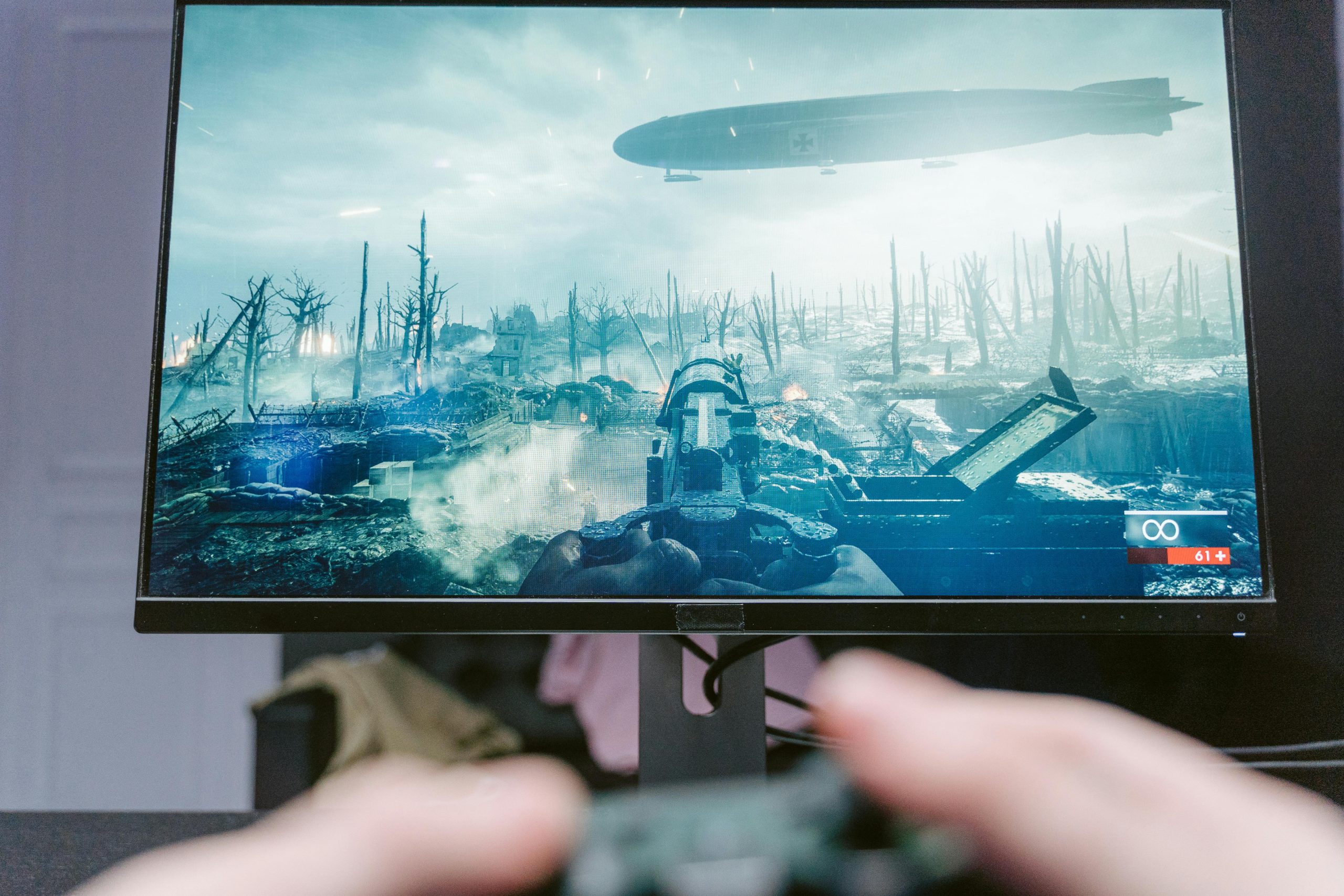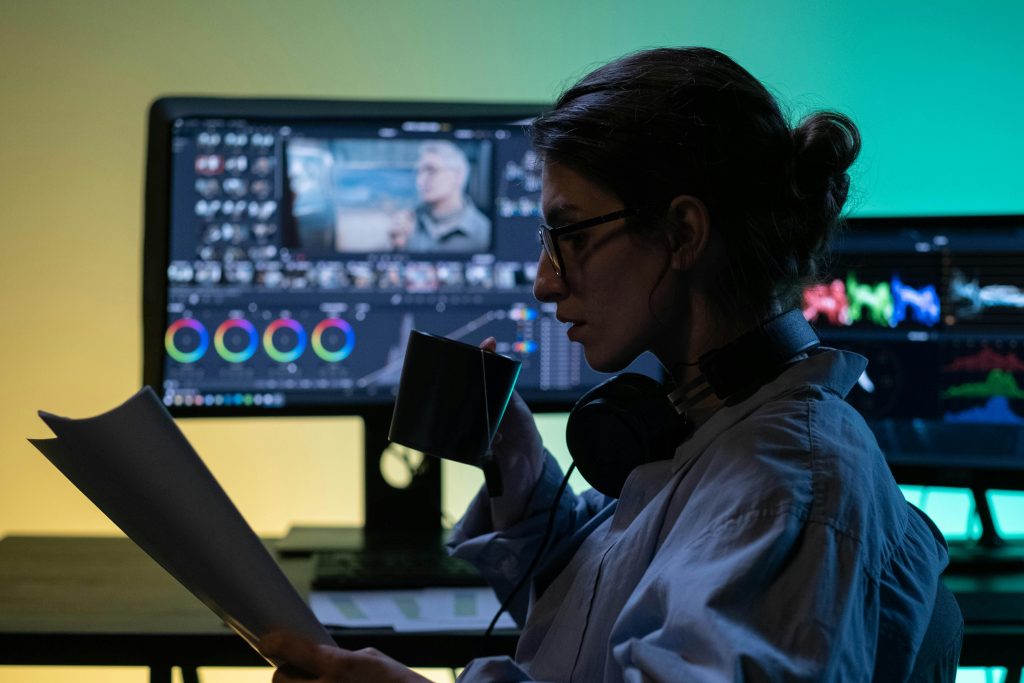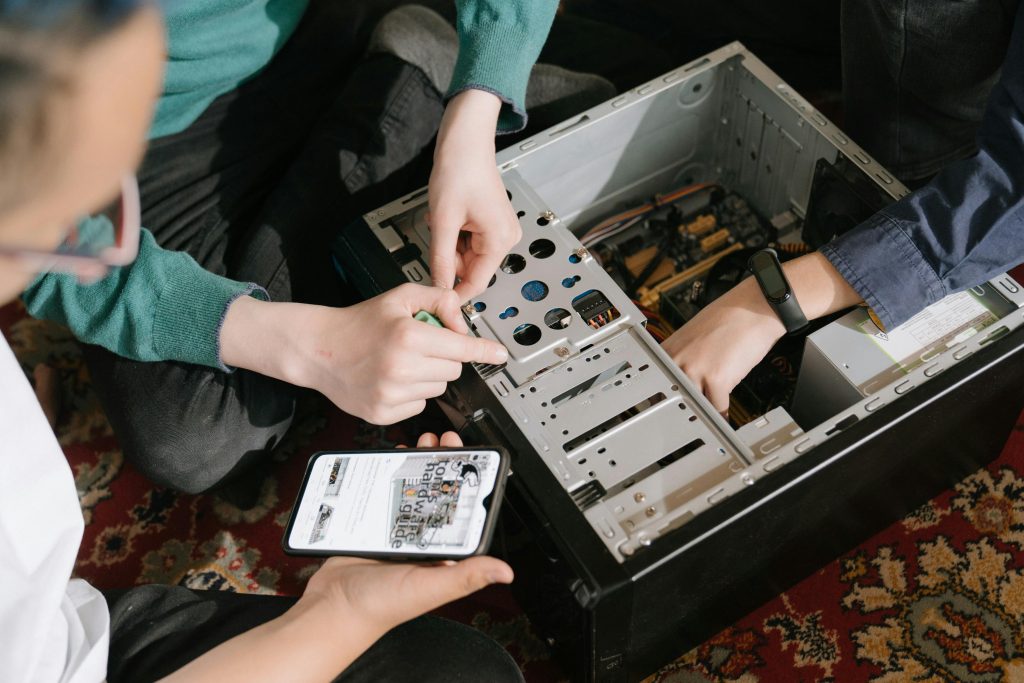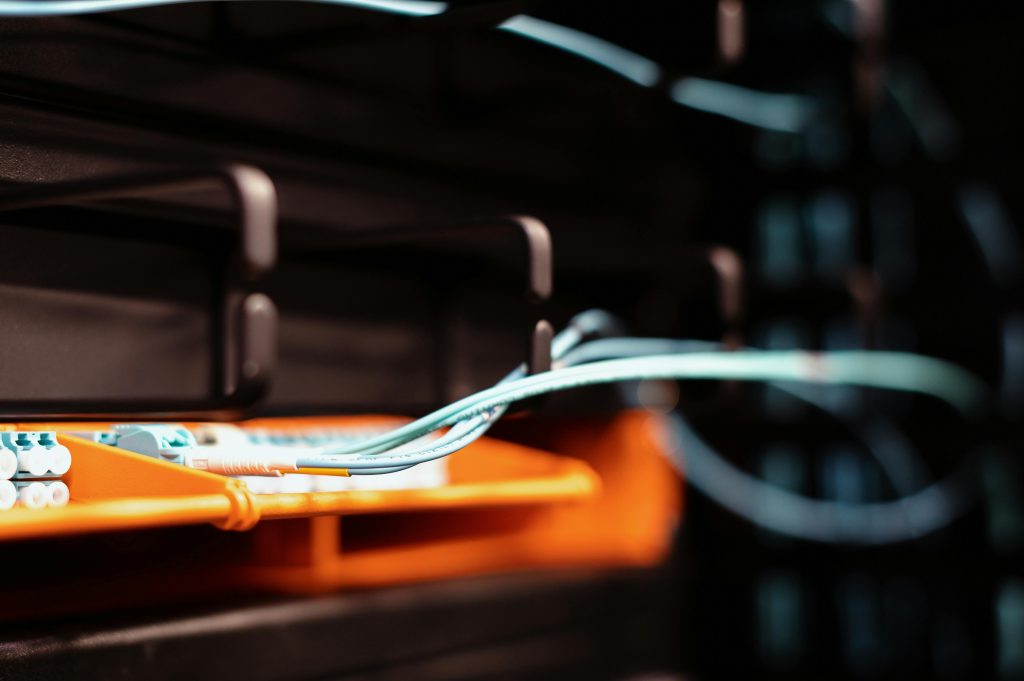Troubleshooting First Boot Issues: Building a High-End PC with MSI B760 GAMING PLUS WIFI and Intel Core i7-14700K
Embarking on your first PC build can be an exciting yet challenging experience. Encountering startup problems, especially with modern components, is not uncommon. In this article, we explore a typical first-boot scenario involving an MSI B760 GAMING PLUS WIFI motherboard paired with an Intel Core i7-14700K processor, and offer guidance on troubleshooting common startup issues.
Understanding the Build Components
The build configuration includes:
– Processor: Intel Core i7-14700K – a high-performance CPU suitable for demanding tasks and gaming.
– Motherboard: MSI B760 GAMING PLUS WIFI – a reliable motherboard with integrated Wi-Fi connectivity.
– Memory: 32 GB DDR5 RAM (2 x 16 GB) – ample for multitasking and intensive applications.
– Graphics Card: Asus PRIME OC RTX 5070 – delivering top-tier graphics performance.
– Power Supply: MSI 850W – providing stable power delivery.
– Cooling System: Arctic Liquid Freezer III Pro 360 – an all-in-one water cooling solution.
The Startup Issue: Symptoms and Observations
Upon initial power-up, several issues can manifest:
– No display output on the monitor.
– Motherboard LEDs indicating error states, often with flashing sequences:
– The CPU and DRAM LEDs flash alternately or in a loop.
– Eventually, only the DRAM LED remains lit.
– Case fans remain stationary.
– The water cooling pump is operational, indicating power delivery to cooling components.
These symptoms suggest the motherboard is attempting to initialize hardware but encounters difficulties during POST (Power-On Self Test).
Common Causes and Troubleshooting Steps
-
Verify RAM Installation
-
Ensure RAM modules are correctly installed in the designated slots, typically A2 and B2, according to the motherboard manual.
-
Test each RAM stick individually to determine if a particular module is faulty.
-
Check Power Connections
-
Confirm that the 24-pin ATX and 8-pin CPU power connectors are securely plugged in.
-
Inspect for any loose cables or damaged connectors.
-
Reset CMOS Settings
-
Resetting the BIOS can resolve configuration conflicts.
-
Use the CMOS reset jumper or remove the motherboard battery temporarily, then reinstall after a minute.
-
**Ensure Compatibility
Share this content:



